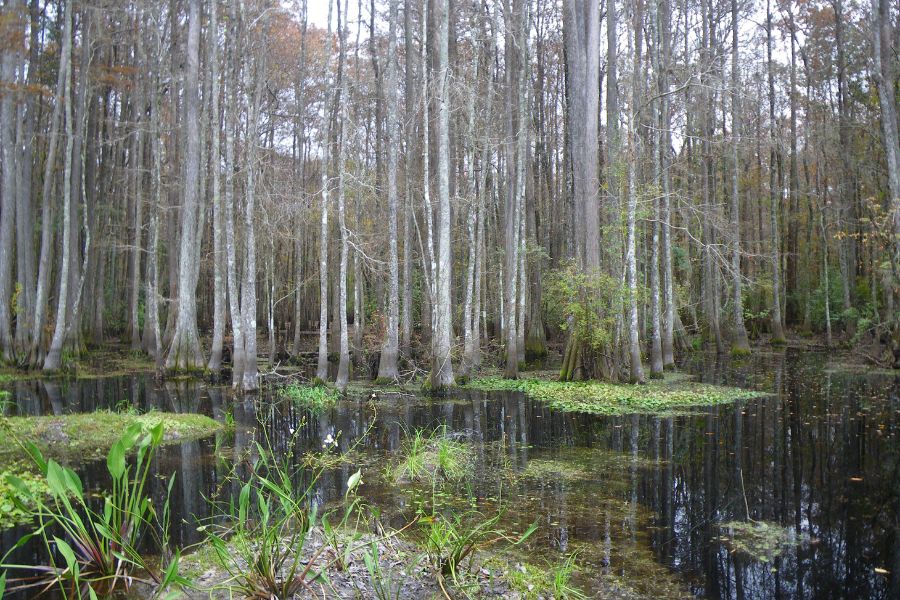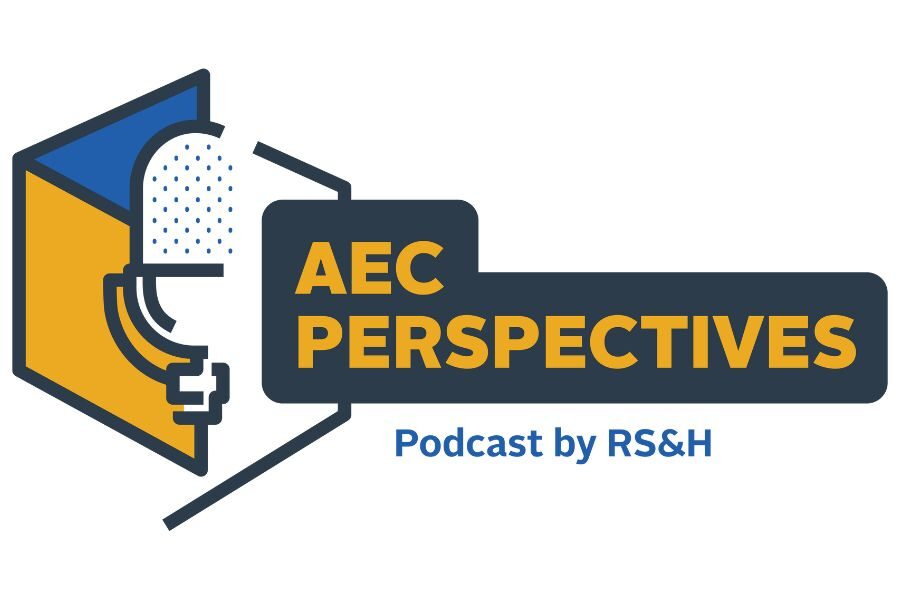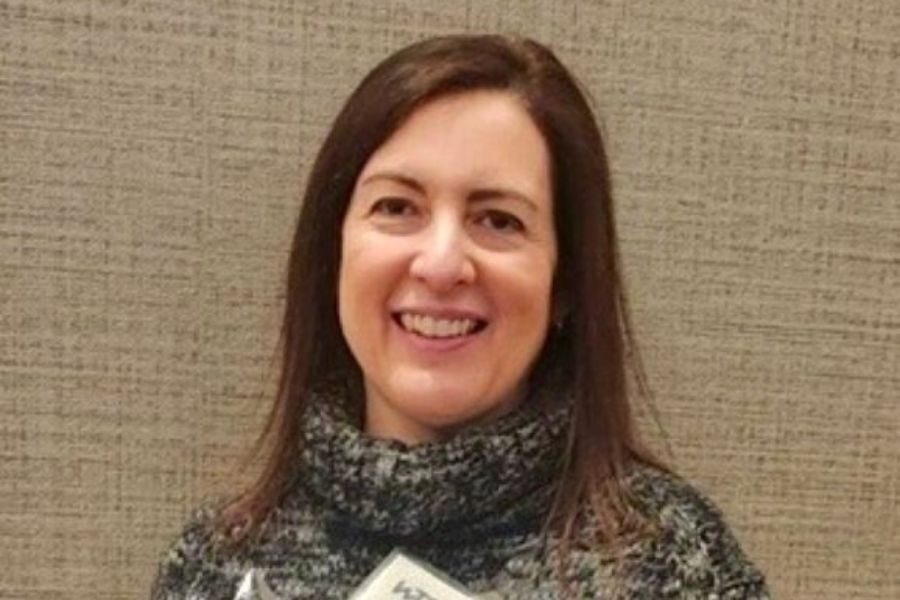Wetland Mitigation and No Net Loss – Apples to Apples?

Does the use of wetland mitigation to offset unavoidable impacts to wetland resources always result in no net loss? The initial consensus is, generally, yes.
However, I would argue to a large degree this is not the case. But, before we delve further into the question, let’s first continue with a brief history.
According to the Natural Resources Conservation Service (NRCS), 54 percent of all the wetlands in the U.S. had been drained or filled for development and agriculture by 1984. And it is no wonder why.
It has only been through recent developments in chemistry, environmental toxicology, and biology that we are even beginning to understand all the services wetlands provide through their biogeochemical processing. For centuries, wetlands were predominantly thought of as sources of malaria and other “bad ethers,” producing biting insects at best and pestilence and death at worst.
For a blast from the past that proves this point, check out Disney Studio’s “The Winged Scourge” on YouTube. This was a PSA released in 1943 discussing the many ways in which you could “fix” the wetlands on your property, and it features the Seven Dwarves for those who like it old school.
But we now know wetlands have tangible, quantifiable and, most importantly, economical benefits to everyone. As such, we as a society have decided to protect them.
Section 404 of the Clean Water Act (CWA) establishes a program to regulate the discharge of dredged or fill material into waters of the U.S. (WOUS), including wetlands. The regulatory agencies involved in the policy and guidance of Section 404 are the U.S. Army Corps of Engineers (USACE), U.S. Environmental Protection Agency (USEPA), and the U.S. Fish and Wildlife Service (USFWS). President George H. W. Bush instituted the national policy of “no-net loss of wetlands” in 1989.
In short, the policy mandates if you damage a wetland in one area, you have to fix one in another area to as good or better conditions than the one you broke.
Projects under Section 404 review are required to avoid and/or minimize impacts to WOUS, but sometimes impacts just cannot be helped. Unavoidable impacts to wetlands must be compensated for through wetland mitigation. A wetland mitigation bank is an area that has been converted to a wetland or a wetland that has been restored, enhanced, or preserved for the purpose of providing compensation for unavoidable impacts to aquatic resources (i.e. wetlands).
A mitigation bank will have a particular service area based upon its watershed where all wetlands within that watershed share the same key, integral characteristics. In other words, comparing apples to apples and not oranges. This helps maintain watershed integrity while still offering development opportunities. The mitigation banks are held in a conservation easement in perpetuity with restrictions on land use and development to preserve the integrity and function of the resource.
So if wetlands are impacted and offset by mitigation, which will be protected in perpetuity nearby, how is this bad?
It’s not; it is a great avenue for development and natural resource protection. However, if a mitigation bank is established using any method except creation, how is no net loss of wetlands achievable?
To take an extreme example, if I fill in a wetland and convert it to upland, but I mitigate for this with something that is currently a wetland (albeit in bad condition), have we avoided net loss?
What if I don’t fill it in completely? What if I just converted a native hardwood wetland into an alfalfa field? How do we quantify loss?
Currently, we use models called “Functional Assessments” to mathematically quantify the individual variables that make a wetland function, ecologically. Ideally, a wetland would be measured by a functional assessment and achieve a score representative of the wetland’s current worth or function. An assessment would then be made of the wetland (or lack thereof) when all is said and done, and the delta between those scores would reflect the amount of mitigation required – or the amount of improvement one would have to achieve in a currently impaired wetland somewhere else in the watershed.
But all functional assessments aren’t the same; they vary by the USACE district. Some districts use assessments that require dozens of measurements and extrapolations. Others ask the surveyor to rank the wetland on a scale of 1 to 5. Historically, there has been an acre for acre exchange, which might be the least effective at no net loss. After all, a restored wetland is never quite as good as the real thing (i.e. what nature made in the first place).
And what is the accuracy of the replacement? If I completely destroy a wetland, how many acres do I have to repair to reach equivalency? Is there enough research out there to make the assumptions we are making? Does kind of fixing 10 really bad wetlands make up for the total loss of one really, really good one? What about 20?
At the end of the day, if I completely fill in an acre of wetland and repair an acre somewhere else, I started with two acres and now I have one (even if it is a really good one). Is that what we mean by no net loss?
Simply converting upland areas to wetlands to promote no net loss (and strive for net gain) is not as easy or feasible as one may think. Many factors and variables go into making a wetland function like a wetland, and simply digging a pit will not cut it. A more likely scenario to achieve actual no-net loss would be to re-establish wetlands in areas that now have no/minimal wetland function through vegetation conversion and hydrology manipulation.
An example of this would be to re-establish wetland areas within abandoned farmland that was historically a wetland and is now upland. But again, we have to look at the efficacy of our functional assessment methodologies to determine whether or not we have achieved our goal.
The United States has made enormous strides in the right direction in the protection and conservation of wetland acreage. A net gain of 32,000 acres was actually recorded from 1998 to 2004.
However, is there always no net loss associated with wetland mitigation? How could we do better on our assessments?



